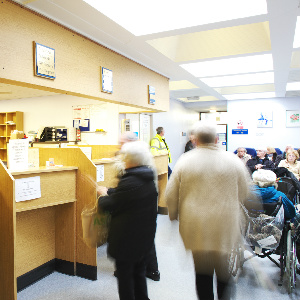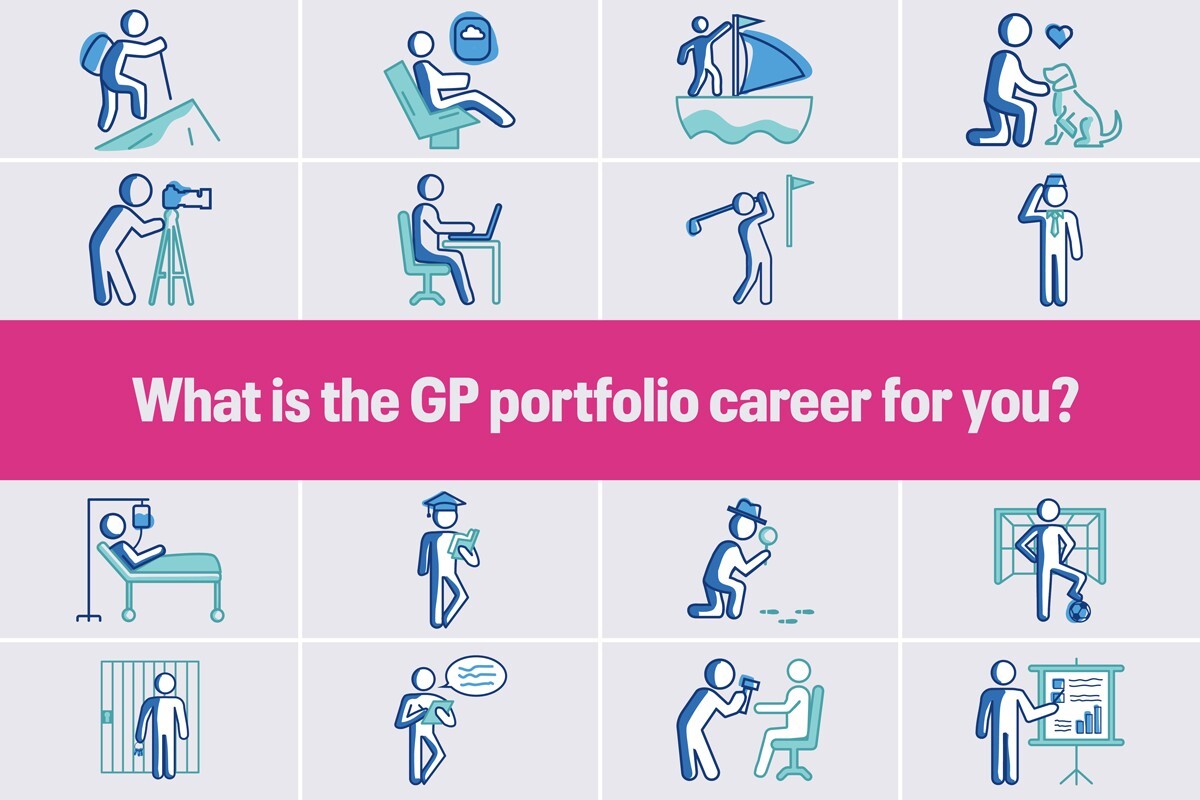Number of out-of-area patients registered by GP practices quadruples

Exclusive Out-of-area patient registrations have almost quadrupled since May despite GPC concerns about patient safety, figures obtained by Pulse reveal.
In all, 37,032 patients have now chosen to register with GPs away from their home since the scheme went live in January – an increase of almost 300% on the 10,000 figure reported by Pulse seven months ago.
Although falling far short of the 6% of all patients in England the Department of Health predicted would sign up to the scheme, the latest figure represents a significant increase.
The implementation of the voluntary scheme, launched on 5 January 2015 as part of the Government’s ‘patient choice’ agenda, was delayed by NHS England due to GPC concerns regarding patient safety.
The GPC attributed the rise in registrations to patients who have moved away from their practice, but do not want to change GPs.
GP have no ‘obligation to provide home visits or services out of hours’ to registered patients who live outside the practice area, with a DES intended to ensure patients can access another GP practice close to their home should they need to.
However, as previously reported, NHS England was forced to enlist out-of-hours GP providers to provide home visits for out of area patients because too few GP practices signed up to an enhanced service aimed at filling the function. Pulse also revealed that NHS 111 was advising patients using the scheme to go to A&E for urgent care, rather than to GP practices signed up for the enhanced service.
In May, GPs at the LMCs Conference in London voted to abolish the scheme and condemned NHS England for failure to provide home-visiting services for out-of-area patients. At the time, GPC deputy chair Dr Richard Vautrey warned that the 10,000 patients using the scheme at the time were ‘at risk’ because ’NHS England has not commissioned a full and comprehensive home-visiting service’.
Commenting on the rise in patients making use of the scheme, he noted that the number was ‘small but growing’ and said it was therefore essential that the sufficient cover was in place.
Dr Vautrey said: ‘Most areas now have commissioned visiting services for out-of-area patients but they are not well publicised and few patients who have this registration status fully understand how they would contact an emergency service if they needed one. It’s also not clear whether NHS 111 has the full information of what services are available in all areas and this new registration status is also not made clear on GP clinical systems.
’As the numbers of out-of-area patients grows it becomes ever-more important for a comprehensive, consistent and reliable service to be easily available in all parts of England.’
NHS England told Pulse that 301 consultations and 24 home visits had been made between January and November 2015 for out-of-area patients, allowing these to access care in their home regions.
But, claiming that there have been ‘serious flaws’ in the implementation of the policy, Dr George Farrelly, a GP in east London, said: ‘From the beginning, the proponents of this policy have greatly exaggerated the benefits of the scheme and ignored entirely the problems inherent in the model. For someone working day-to-day at the frontline, the disconnect between the rhetoric and the reality was very disconcerting.’
Pulse has approached NHS England for a comment.
Portfolio careers
What is the right portfolio career for you?














